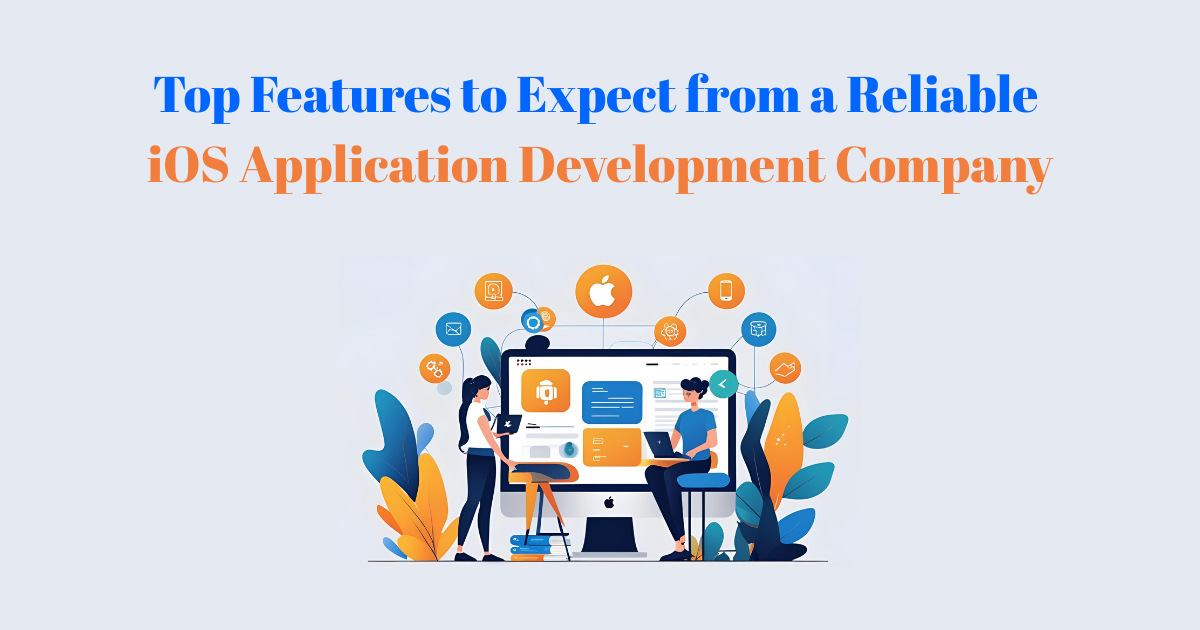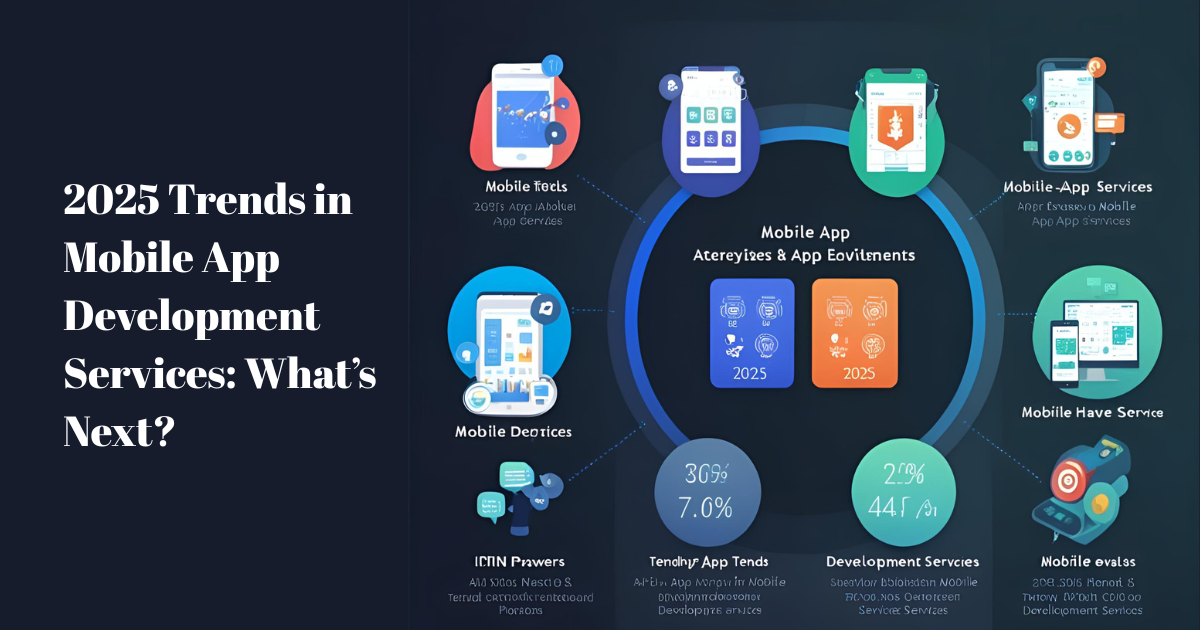Latest Trends and Innovations Adopted by React Native Development Companies in 2025

The mobile app development landscape is constantly evolving, and React Native continues to hold a significant position in cross-platform app development. As we step deeper into 2025, React Native development companies are embracing cutting-edge trends and innovations to enhance app performance, user experience, and development efficiency. This blog explores the latest advancements in the React Native ecosystem and how these companies are leveraging them to build next-generation mobile applications.
React Native, developed by Facebook, revolutionized mobile development by enabling developers to write a single codebase that runs on both iOS and Android platforms. By 2025, React Native development companies have not only refined their craft but have also incorporated numerous innovations that significantly improve app robustness, scalability, and UX design.
React Native in 2025: A Snapshot
React Native has grown beyond its original framework with constant improvements around performance, native module integration, and community support. The framework now supports more complex applications that require native-like experiences while still maintaining the benefits of cross-platform code sharing.
As a result, React Native development companies are positioned to deliver apps that perform on par with native applications but with reduced development time and costs.
Key Trends Adopted by React Native Development Companies
1. Enhanced Performance with Hermes Engine Updates
Hermes, the JavaScript engine optimized for React Native, continues to evolve with significant performance enhancements in 2025. It reduces app startup time, memory usage, and improves overall runtime speed.
React Native development companies actively integrate the latest Hermes updates to deliver smoother and faster applications, especially on lower-end devices.
2. Turbo Modules and Fabric Architecture
The re-architecture of React Native with Turbo Modules and Fabric is a game-changer. Turbo Modules enable asynchronous, on-demand native module loading, while Fabric provides a new rendering system designed for concurrency and smoother UI updates.
React Native development companies use these innovations to improve app responsiveness and scalability, supporting complex UI interactions with minimal lag.
3. Integration of AI and Machine Learning Capabilities
Incorporating AI/ML features is increasingly common in mobile apps. React Native development companies now offer integration with popular AI frameworks like TensorFlow Lite and Core ML through native modules.
This allows developers to add functionalities like image recognition, natural language processing, and predictive analytics without sacrificing performance.
4. Advanced Animation Libraries and Gesture Handling
User experience is paramount, and React Native development companies leverage advanced animation libraries like Reanimated 2 and Gesture Handler to create fluid, interactive user interfaces.
These tools allow complex gesture interactions and animations to run on the native thread, avoiding frame drops and janky transitions.
5. Adoption of TypeScript for Stronger Typing
TypeScript’s static typing capabilities provide improved code maintainability and fewer runtime errors. React Native development companies have widely adopted TypeScript in 2025 to build scalable, robust apps with clearer developer collaboration.
6. Improved DevOps and Continuous Integration Practices
Automation in build, testing, and deployment processes has become standard. React Native development companies integrate sophisticated CI/CD pipelines using platforms like GitHub Actions, CircleCI, and Bitrise to ensure faster and reliable app releases.
7. Support for Web3 and Blockchain Integration
As decentralized apps (dApps) gain traction, React Native development companies are adopting blockchain integration capabilities. React Native’s flexible architecture allows seamless integration with wallets, smart contracts, and other Web3 features, expanding possibilities for finance, gaming, and supply chain apps.
Innovations Driving React Native Development Company Services
1. Modular and Micro-Frontend Architectures
Breaking down apps into smaller, independent modules enhances maintainability and scalability. React Native development companies implement modular architectures that allow teams to work on isolated features without affecting the whole app.
This also enables easier upgrades and testing.
2. Real-Time Collaboration Features
The demand for apps supporting real-time collaboration is growing. React Native development companies leverage technologies like WebSocket, Firebase, and GraphQL subscriptions to enable instant messaging, document editing, and live updates.
3. Low-Code/No-Code Integration
To speed up development cycles, some React Native development companies integrate low-code or no-code platforms that allow non-developers to customize and deploy app components quickly. This democratizes app development and enables faster iterations.
How to Choose the Right React Native Development Company in 2025
With so many innovations and evolving trends, selecting a reliable React Native development company requires careful consideration:
- Technical Expertise: Ensure the company is proficient with latest React Native architecture like Turbo Modules and Fabric.
- Experience with AI and Blockchain: If your app requires AI or Web3, verify their capabilities in these areas.
- Strong DevOps Practices: Automated testing and CI/CD pipelines are crucial for consistent quality.
- Portfolio and Reviews: Review their past projects and client feedback.
- Communication and Collaboration: Choose a company that offers transparent communication and agile workflows.
Conclusion
In 2025, React Native development companies continue to push the boundaries of cross-platform app development by adopting advanced performance engines, new architecture, AI integration, and more. These trends empower businesses to deliver sophisticated, scalable, and user-friendly mobile applications while optimizing development time and costs.
Choosing the right React Native development company that stays updated with these latest trends will ensure your app remains competitive in the fast-evolving mobile ecosystem.
FAQs
Q1. What makes React Native a popular choice among development companies in 2025?
React Native’s ability to write a single codebase for iOS and Android, combined with continuous performance improvements like Hermes and Turbo Modules, makes it highly popular.
Q2. How do React Native development companies implement AI in apps?
They use native module integrations with AI frameworks such as TensorFlow Lite and Core ML to add machine learning features seamlessly.
Q3. Is TypeScript necessary for React Native development?
While optional, TypeScript is widely adopted by React Native companies for improved code quality, maintainability, and fewer bugs.
Q4. Can React Native apps support blockchain functionalities?
Yes, through integration with Web3 libraries and native modules, React Native apps can support smart contracts, wallets, and decentralized app features.
Note: IndiBlogHub features both user-submitted and editorial content. We do not verify third-party contributions. Read our Disclaimer and Privacy Policyfor details.







